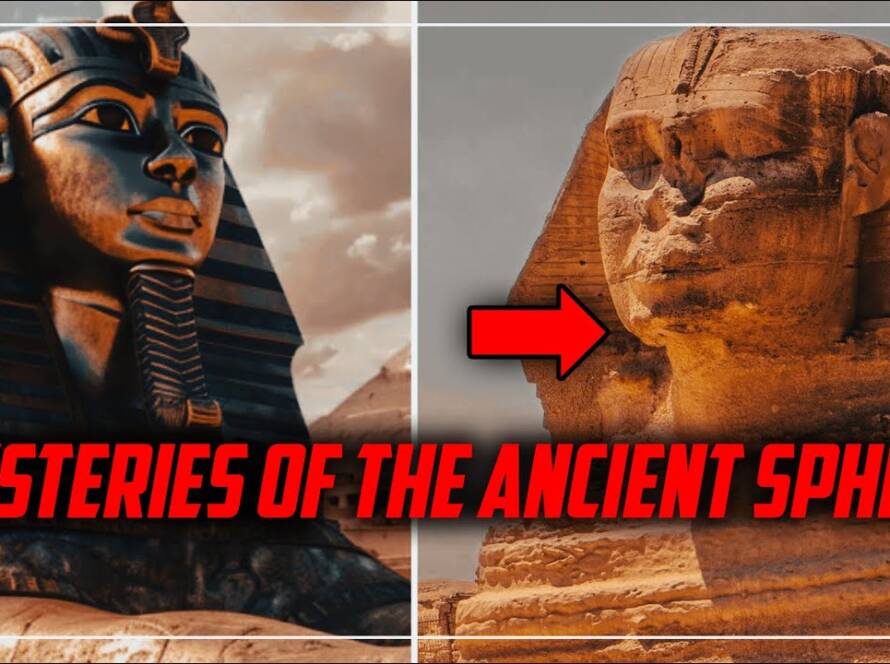Today, we uncover the secrets of one of the world’s most mysterious wonders: the Terracotta Army. Buried for over two millennia, these stone soldiers guard the tomb of China’s first emperor, Qin Shi Huang. Let’s delve into the fascinating facts about this incredible archaeological discovery.
1. The Accidental Discovery In 1974, local farmers in Xi’an, China, were digging a well when they stumbled upon the remains of what would become one of the greatest archaeological finds in history. The Terracotta Army, an underground treasure, was uncovered by chance, revealing an army over 8,000 soldiers strong.
2. A Unique Army Imagine an army where no two soldiers look alike. Each figure in the Terracotta Army is a masterpiece with distinct facial features and expressions. Artisans crafted these statues as individual portraits of ancient warriors, creating a diverse and lifelike military force. The army includes warriors, chariots, and horses, all meticulously designed and spread out over three massive pits, ready to protect their emperor in the afterlife.
3. The Colors of History Originally, these figures were vividly painted, showcasing the grandeur of their time. However, exposure to air after excavation caused the colors to fade rapidly. Despite this, remnants of the original paint provide a glimpse into the past, highlighting the once-brilliant appearance of these warriors.
4. Durability of the Ages The clay used to create the Terracotta Army was incredibly durable, meant to last forever in the emperor’s service. The layout of the pits mimics a real battlefield, complete with command posts and units in precise formations, ready to go to war. Many of the Terracotta soldiers carried real weapons, which were astonishingly well-preserved, offering insights into the military technology of ancient China.
5. Guardians of the Tomb The east-facing soldiers were strategically placed to protect the emperor from the spirits of conquered states. However, the tomb of China’s first emperor, Qin Shi Huang, remains unopened. Concerns about preservation and the lack of current technology capable of adequately protecting the artifacts inside have prevented researchers from exploring the tomb. Additionally, potential hazards such as high levels of mercury inside the tomb make exploration risky.
The Terracotta Army stands as an early feat of mass production, with government laborers and local craftsmen creating the warriors in workshops. This incredible discovery not only reveals the artistry and skill of ancient Chinese craftsmen but also provides a window into the past, showcasing the grandeur and complexity of the emperor’s burial practices.
What do you think about the Terracotta Army and its historical significance? Share your thoughts below and don’t forget to like and subscribe to The Curious Group for more fascinating insights into the world’s wonders.


